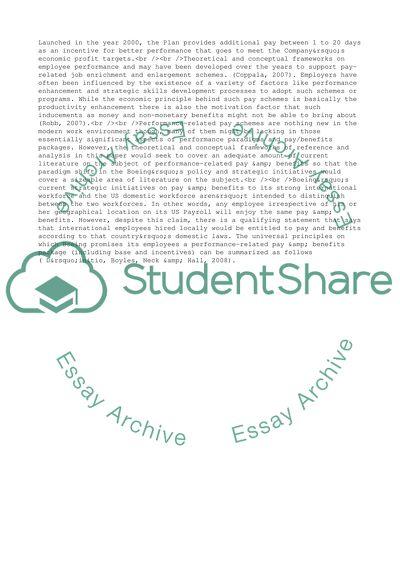Cite this document
(Performance Management Supporting Base Pay and Benefit in Boeing Case Study, n.d.)
Performance Management Supporting Base Pay and Benefit in Boeing Case Study. https://studentshare.org/management/1727855-performance-management-supporting-base-pay-benefit-in-boeing
Performance Management Supporting Base Pay and Benefit in Boeing Case Study. https://studentshare.org/management/1727855-performance-management-supporting-base-pay-benefit-in-boeing
(Performance Management Supporting Base Pay and Benefit in Boeing Case Study)
Performance Management Supporting Base Pay and Benefit in Boeing Case Study. https://studentshare.org/management/1727855-performance-management-supporting-base-pay-benefit-in-boeing.
Performance Management Supporting Base Pay and Benefit in Boeing Case Study. https://studentshare.org/management/1727855-performance-management-supporting-base-pay-benefit-in-boeing.
“Performance Management Supporting Base Pay and Benefit in Boeing Case Study”. https://studentshare.org/management/1727855-performance-management-supporting-base-pay-benefit-in-boeing.


